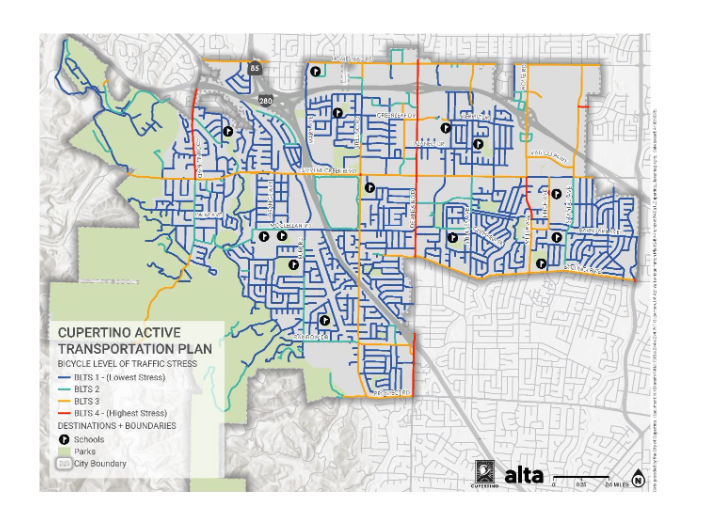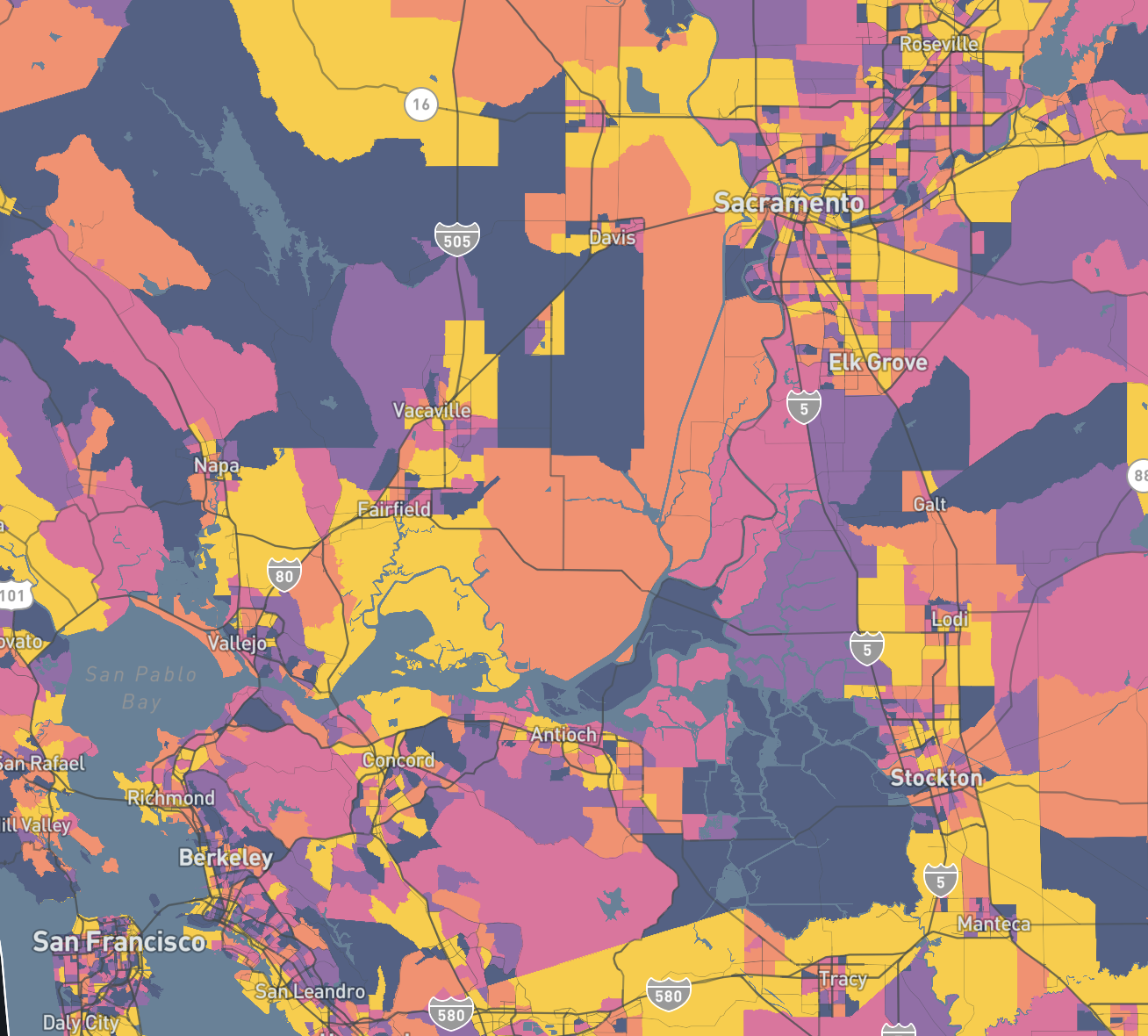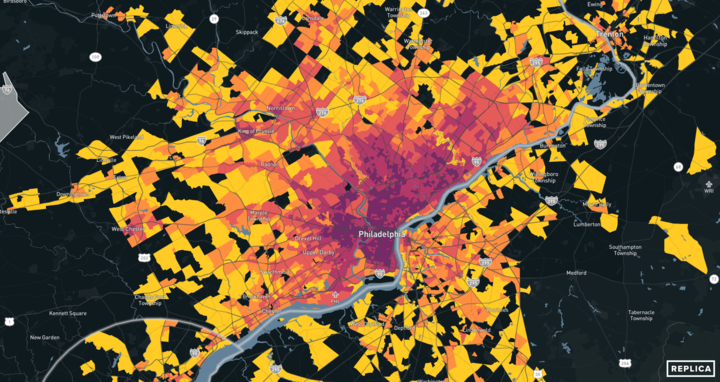Anyone who prepares federal grant applications knows that there are two key elements that help a project be selected: a solid project concept and a solid data-driven story.
That story, backed by quality data, demonstrates the positive impact a project will have on all community stakeholders. Replica’s modeled transportation data helps HDR tell those stories in order to win federal grant funding.
HDR recently used Replica data to support its successful RAISE grant application for the City of Salina, Kansas, (Project Name: 7 Bridges in Salina, Kansas). This fall, the city accepted $22 million in federal funding to restore a river channel through its urban core, which will require significant infrastructure improvements and improve accessibility to areas of interest like schools and recreational areas such as parks, event centers, and athletic complexes. The infrastructure improvements include reconstructed bridges, autonomous floodgates, pedestrian accommodations, and a multi-modal transportation hub.

In the final grant application narrative, we wanted to convey how residents will travel to and from the project area. We specifically wanted to illustrate how people who live in Areas of Persistent Poverty (APP) and Historically Disadvantaged Communities (HDC) will utilize certain project elements to accommodate their preferred modes of transportation. The whole idea of this exercise was to illustrate that the new project would improve equity by providing all residents access to the proposed project area.
Using Replica’s platform, we reviewed summary data for trips and people. We created a persona (average age, income, race and ethnicity, trip mode, trip purpose) for an average user and those originating in APP or HDC who currently access points of interest within the project area. When analyzing the data, we discovered that 41% of travelers originated from APP and HDC census locations, 70% of all trips were made by personal vehicles, and 16% by walking, biking, and ride-sharing.

With these stats in mind, we could convey how various elements of the proposed project would support typical users’ modes of transportation (including those residing in APP and HDC census tracts). The project designers strategically placed parking amenities around the project area for those utilizing their vehicles for easy access. For users choosing to walk, bike, or use ride-sharing services, we highlighted how designers added shared-use paths and pedestrian facilities to connect to existing pedestrian infrastructure in the surrounding area and designated drop-off areas for ride-sharing and transit.
We felt it was persuasive to highlight the project elements intended to promote a positive equitable impact within the community. Backing them up with actual data provided USDOT with the facts they needed to know and reassured the city that its project would serve the community equitably.
Narratives for federal grant applications require a lot of innovative writing and data to show how a project fits within the grant program’s criteria. With Replica, we found that the data platform is not only reliable, but it also provides the data required to make our applications competitive.
Taylor McHenry is an ITS Engineer within the Advanced Technologies for Surface Transportation group at HDR in Kansas City, Missouri. You can contact him at taylor.mchenry@hdrinc.com.








